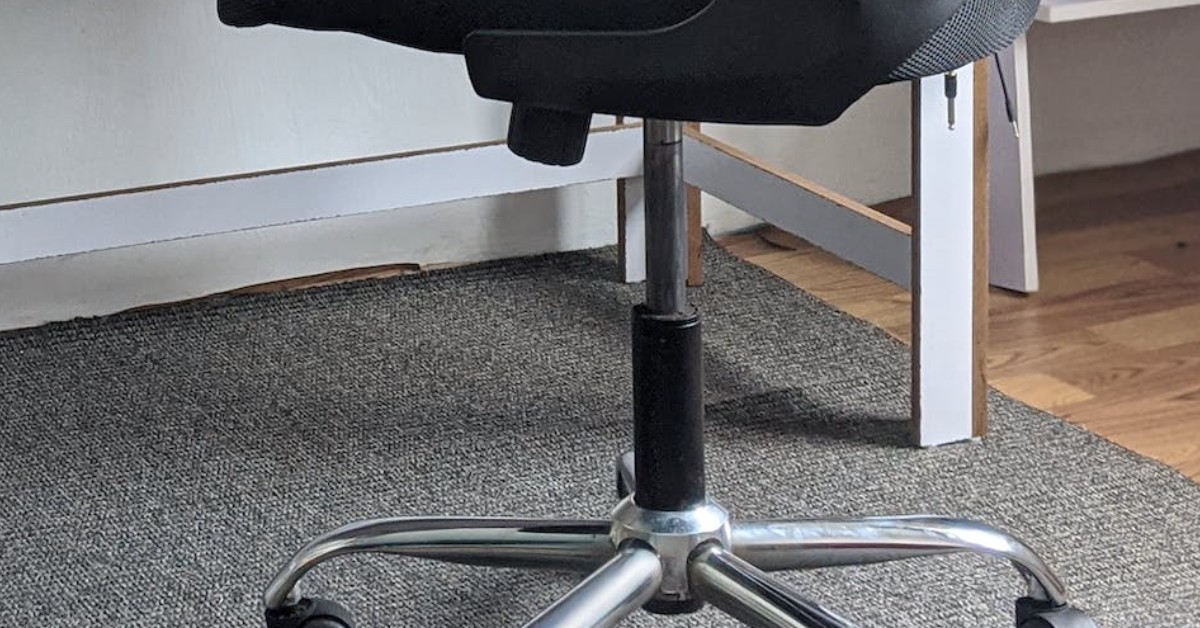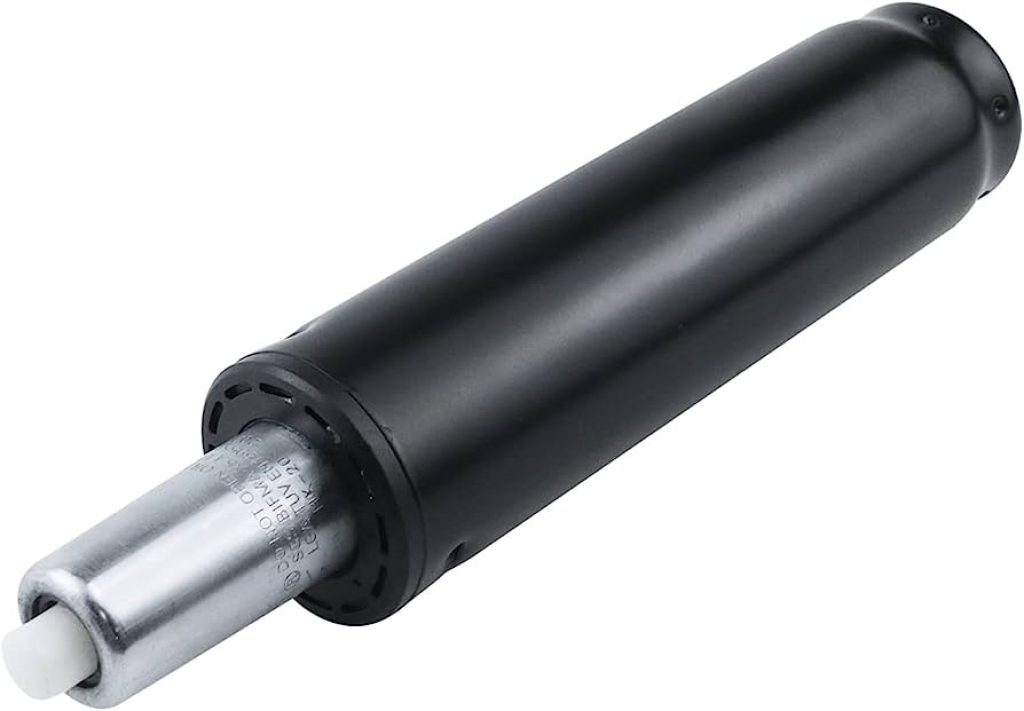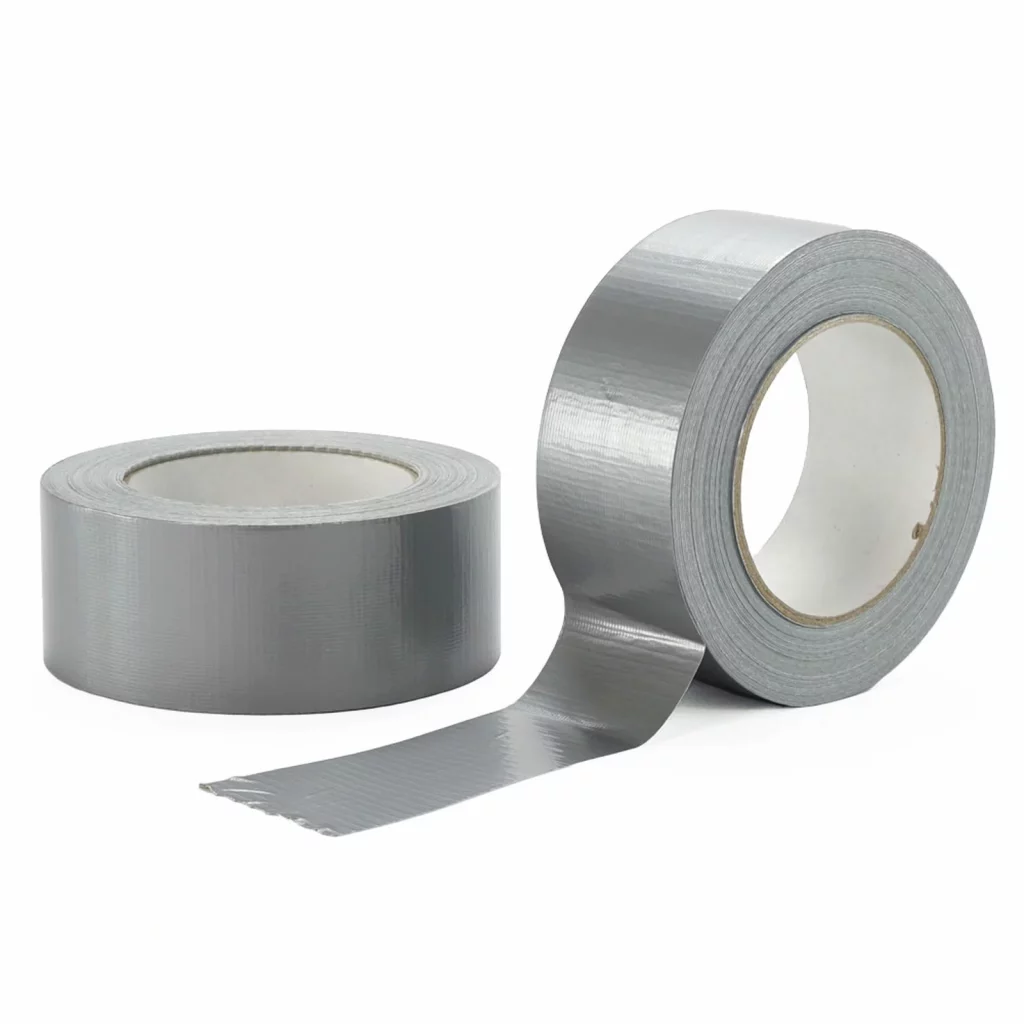There’s nothing more frustrating in a workday than settling into your office chair only to find it slowly sinking towards the floor. A sinking office chair is a common problem that many people encounter in their workplaces or home offices. It can disrupt focus, create discomfort, and generally add an unnecessary annoyance to your day. To stop office chair from sinking, there are a few potential solutions you can try.
A properly functioning office chair is more than just a place to sit; it’s a crucial part of your workspace that directly impacts your comfort and productivity. An office chair that maintains its height and supports you at the right level can reduce the risk of back pain, improve your posture, and enhance your efficiency. That’s why it’s essential to address the issue of a sinking chair promptly and effectively. In this article, we will guide you through the reasons behind this issue and provide practical solutions to fix it.

Understanding Why Office Chairs Sink

A. Office chairs typically use a pneumatic lift that adjusts the height of your chair through a gas cylinder. This cylinder controls the flow of gas within the chair, which in turn controls the chair’s height. When you adjust the height of your chair, you are essentially increasing or decreasing the amount of gas in the cylinder.
Over time, this gas cylinder can wear out or become damaged. This could be due to regular use, improper use, or even due to a manufacturing defect. When this happens, the gas inside the cylinder may leak or fail to hold pressure. As a result, the chair loses its ability to maintain its height and begins to sink. In some cases, the chair may descend slowly when you sit on it, while in others, it may not hold its height at all, immediately dropping to its lowest setting. Understanding this mechanism is the first step towards fixing a sinking office chair.
Quick Fixes for a Sinking Office Chair
There are a few temporary solutions that you can use if your office chair begins to sink. One of the most straightforward is simply to readjust the chair height periodically. Most office chairs have a lever or button that allows you to adjust the height. If your chair starts to sink, you can use this to raise it back up to your preferred height.
However, these quick fixes have limitations. Regularly adjusting the height of your chair can become inconvenient, especially if the chair sinks rapidly or frequently. Moreover, these quick fixes do not address the underlying issue. If your chair’s gas cylinder is failing, it will continue to deteriorate over time. Therefore, while these solutions might work for a while, they are not long-term fixes. You’ll likely need to repair or replace the gas cylinder to permanently resolve the issue.
Permanent Solutions: Repairing or Replacing the Gas Cylinder
For a more permanent solution, you may need to repair or replace the gas cylinder in your office chair. Here’s a general step-by-step guide on how to replace the gas cylinder:
- Protect your floor and workspace: Before you start, make sure you lay down a sheet or some form of protection for your floor and workspace. The process can sometimes be messy and you don’t want to ruin your carpet or hardwood.
- Remove the base: Turn your chair upside down and remove the base. This is usually attached to the gas cylinder with a clip or a bolt. Once you’ve removed this, you should be able to slide the base off.
- Remove the gas cylinder: Depending on the chair, you may need a pipe wrench or a specialized tool to remove the gas cylinder. It might require some effort to loosen.
- Install the new gas cylinder: Once you’ve removed the old gas cylinder, you can install the new one. Make sure you’ve read the instructions that came with the replacement part.
- Reassemble the chair: Once you’ve installed the new gas cylinder, reassemble the chair. Make sure all parts are securely attached before trying to sit on the chair again.
When purchasing replacement parts, make sure you’re buying from a reputable source. Check reviews and ratings to ensure previous customers have been satisfied with the product. Make sure the part you’re buying is compatible with your specific chair model. If you’re unsure, reach out to the manufacturer of your office chair for guidance.
Alternatives to Replacing the Gas Cylinder
If you’re not ready to replace the gas cylinder, there are a few DIY fixes you can try using common household items. For example, some people use PVC pipe or even duct tape to stop their chair from sinking. While these aren’t permanent solutions, they may buy you some time before you need to replace the cylinder.
- PVC Pipe: Measure the length of the exposed cylinder when your chair is at the desired height, then find a PVC pipe of a similar length and diameter. Remove the base of the chair, slide the pipe onto the cylinder, and then replace the base.
- Duct Tape: If you’re in a pinch, you can wrap duct tape around the cylinder until it’s thick enough to prevent the chair from sinking. This isn’t the most aesthetically pleasing solution, but it can work in a pinch.

Commercial products are also available specifically designed to stop chairs from sinking. These devices typically fit around or over the gas cylinder and lock the chair at your desired height. They’re usually easy to install and relatively affordable.
- Chair Saver The Kit: This product works by fitting onto your chair’s existing gas lift cylinder to restrict its movement, effectively stopping the chair from sinking.
- Sinking Chair Height Hack Kit: Similar to the Chair Saver, this product fixes onto your gas lift to keep your chair at your preferred height.
- Universal Chair Gas Lift Cylinder Pneumatic Shock: While this is actually a replacement for your chair’s gas lift cylinder, it’s a popular option for those who prefer to replace the part causing the issue rather than work around it.
- Office Oasis Office Chair Cylinder Replacement: This complete replacement kit comes with everything you need to replace your chair’s gas lift cylinder, including detailed instructions and necessary tools.
Please note that the availability of these products may vary, and it’s important to check that any product you choose is compatible with your specific chair model. Always follow installation instructions carefully to ensure safety and effectiveness.
While these alternatives can be cheaper and quicker than replacing the gas cylinder, they also have their drawbacks. DIY fixes can be unsightly and may not last very long, while commercial products may not fit all chairs or hold up under heavier weight. As with any solution, it’s important to consider your specific needs and circumstances before deciding on the best course of action.
Signs That Your Chair May Be Beyond Repair
There are several signs that your office chair may be beyond repair and it’s time for a new one. If the chair is sinking even after trying several fixes or replacing the gas cylinder, it may have other structural issues. Further, if the chair shows signs of significant wear, such as frayed fabric, broken armrests, or uncomfortable padding, it might be time to consider a replacement.
Moreover, if the chair is old, it may lack modern ergonomic features that are essential for comfort and good posture. These features include adjustable seat height and depth, lumbar support, and adjustable armrests. If you’re experiencing discomfort while sitting, even if the chair isn’t sinking, it might be time for an upgrade.
Tips for Choosing a New Office Chair That Won’t Sink
When choosing a new office chair, there are several factors to consider to ensure you pick one that won’t sink. Look for a chair with a warranty, which suggests the manufacturer is confident in the product’s durability. Consider the weight capacity of the chair, and make sure it’s suitable for your needs.
Read reviews from other customers to see if they’ve experienced issues with the chair sinking. Look for chairs with high-quality components, including the gas lift cylinder. Remember, while a more expensive chair might seem like a big investment, it can pay off in the long run if it’s more durable and comfortable.
Also, it might be worth consulting with an ergonomic expert or doing some research on reputable chair brands known for their quality and durability. The right chair should serve you well for many years without sinking or causing discomfort.
Conclusion
In conclusion, an office chair that sinks can be a source of frustration and discomfort, impacting your productivity and potentially leading to health issues. This article has explained why office chairs sink, usually due to a faulty gas cylinder, and has offered both quick fixes and more permanent solutions. These solutions include replacing the gas cylinder, trying DIY fixes, or using commercial products designed to address this issue.
However, there may come a time when the best solution is to replace the chair entirely, especially if it’s old or lacking in ergonomic features. When choosing a new chair, look for one with a warranty, check its weight capacity, read customer reviews, and consider the quality of its components.
Remember, your comfort at work significantly impacts your productivity and overall health. Maintaining a functional workspace, including a properly working office chair, is not just a matter of convenience but a crucial factor in your long-term well-being. Don’t overlook any persistent issues with your office furniture, especially if they’re causing discomfort.






